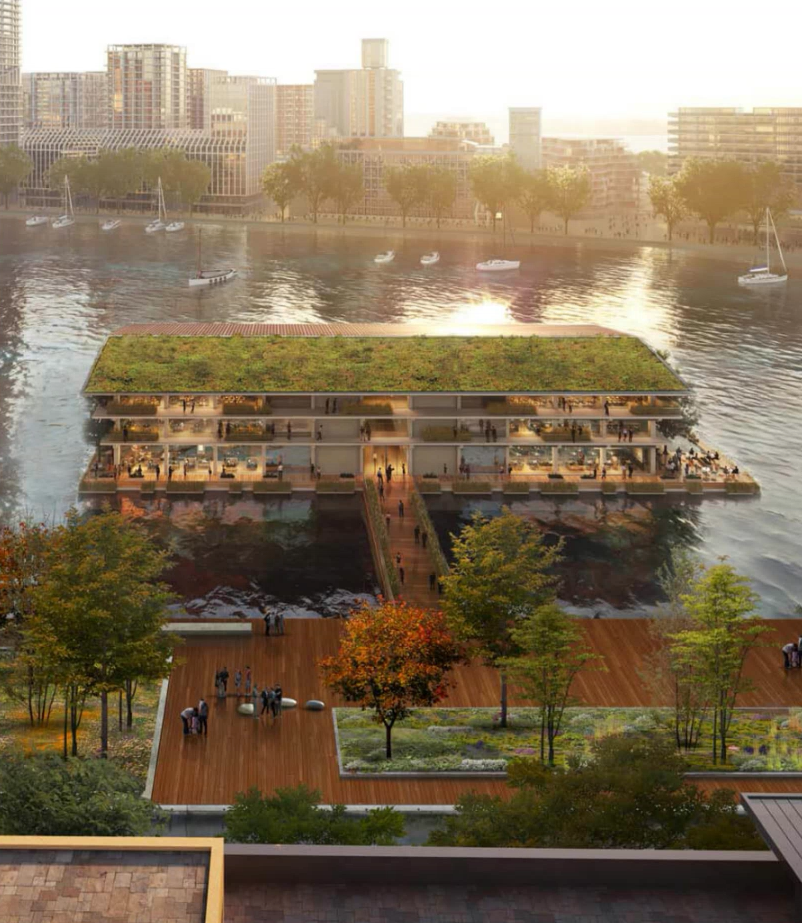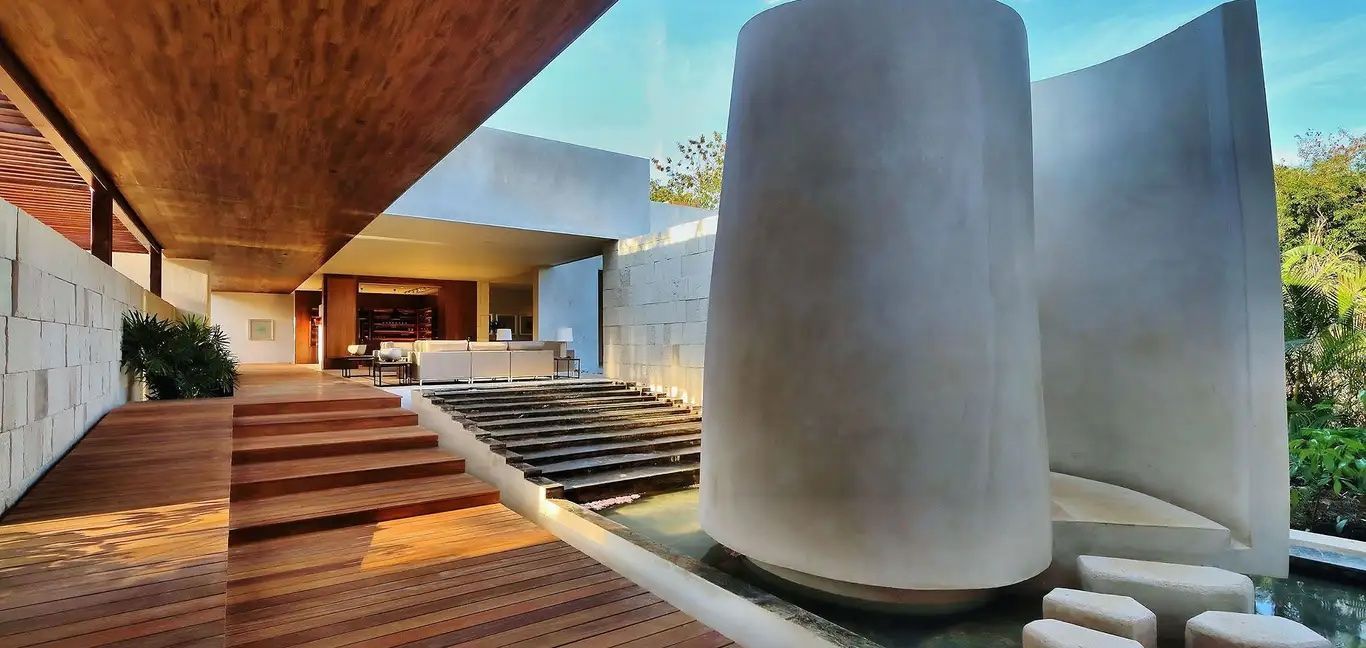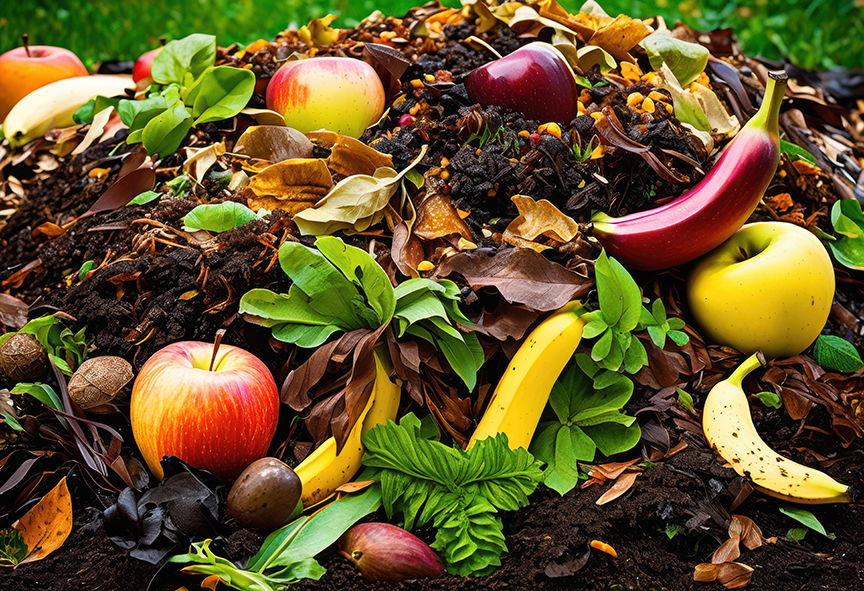What's Hot In Architecture 2024 No 3
Lower Footprint Materials - Laminated Timber v Steel
In the pursuit of sustainable construction practices, the choice between laminated timber and steel holds significant weight, particularly in terms of their whole life carbon footprint. Let's dissect the advantages of each material to ascertain which holds the upper hand in minimising carbon emissions throughout their lifespan.
Laminated timber emerges as a frontrunner in the race against carbon emissions. Sourced from responsibly managed forests, timber acts as a carbon sink, sequestering CO2 throughout its growth cycle. This inherent carbon storage continues post-harvest, as timber products retain captured carbon within their structures. Furthermore, the manufacturing process of laminated timber consumes substantially less energy compared to steel production, resulting in lower embodied carbon. Additionally, timber structures can be easily disassembled and repurposed, prolonging their lifespan and mitigating carbon emissions associated with demolition and disposal.
On the other hand, steel presents a mixed bag in terms of its carbon footprint. While steel boasts high durability and recyclability, its production entails significant energy consumption and carbon emissions. Extracting iron ore, refining it into steel, and shaping it into usable forms demand substantial energy inputs, contributing to a hefty embodied carbon footprint. However, steel's longevity and recyclability offer opportunities to offset its initial carbon emissions through extended use and closed-loop material cycles.
So, which material emerges as the victor in the battle against whole life carbon emissions? Laminated timber's innate carbon sequestration, coupled with its low-energy manufacturing process and potential for reuse, positions it as a formidable contender. Steel, while offering durability and recyclability, struggles to match timber's carbon storage capabilities and energy-efficient production processes.
In conclusion, when evaluating building materials through the lens of whole life carbon emissions, laminated timber emerges as the superior choice. Its natural carbon sequestration, coupled with low-energy manufacturing and potential for reuse, sets a high bar for sustainable construction practices. By prioritising materials that minimise carbon footprints throughout their lifecycle, we pave the way for a more resilient and environmentally conscious built environment.
#MarkMuirArchitect #SustainableArchitecture #ContemporaryDesign










